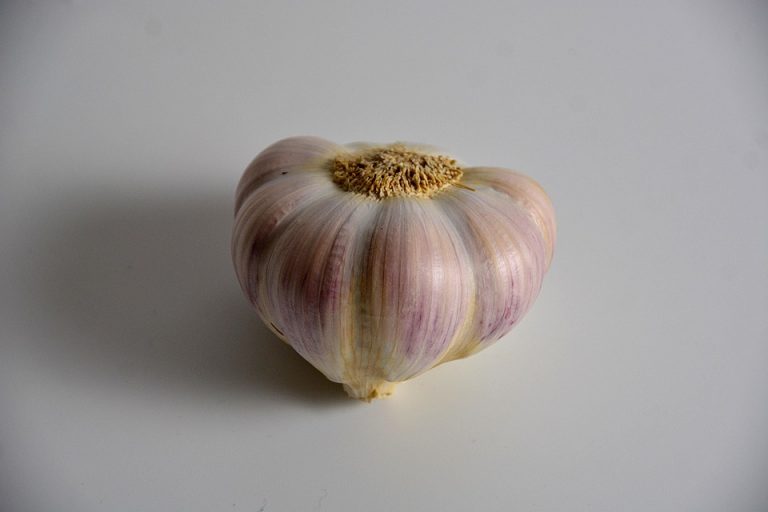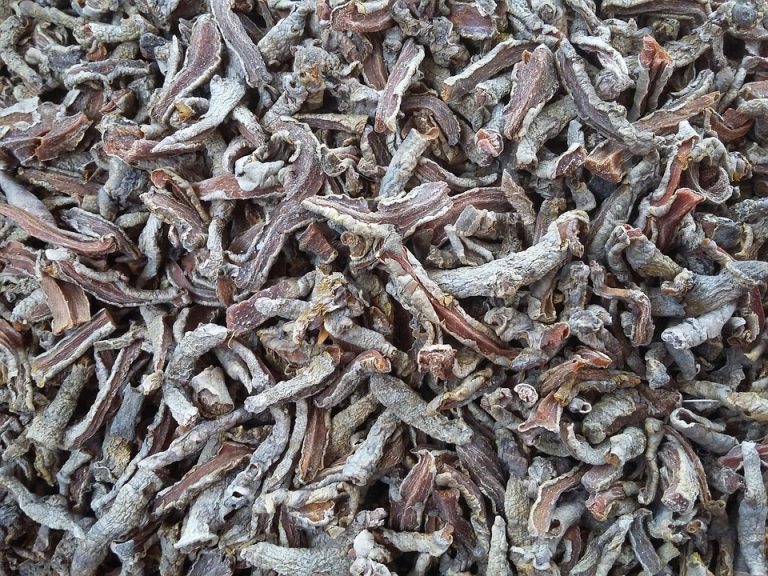Foods that heal bones are not a fad or miracle cure — they’re the steady, sensible choices you put on your plate every day to keep your body strong, your balance sure, and your future mobile. When I say foods that heal bones, I mean ingredients rich in calcium, vitamin D, magnesium, protein, and anti-inflammatory nutrients that actively support bone formation and slow deterioration. This matters because your bones do more than give you shape: they protect your organs, store minerals, and keep you moving with confidence. Feed them well and they’ll repay you with sturdier steps and fewer fractures.
Contents
- Foods That Heal Bones: The Power Players
- Salmon — The Omega-Rich Bone Booster
- Kale — The Quiet Calcium Champion
- Yogurt — Probiotic Protein That Builds Bone
- Almonds And Other Nuts — Crunch For Calcium And Magnesium
- Eggs — The Underappreciated Vitamin D Source
- Oranges And Citrus — Vitamin C For Collagen And Strength
- Mushrooms — Plant-Based Vitamin D For Veggie Lovers
- Bottom Line
- FAQ
Foods That Heal Bones: The Power Players
You don’t need a prescription to start rebuilding bone health. You need a shopping list and a little culinary curiosity. The best foods that heal bones work in teams — calcium needs vitamin D, protein needs magnesium, and healthy fats help absorption. Science backs this up. Research from reputable institutions like the National Institutes of Health and Harvard Medical School shows that diets rich in nutrient-dense whole foods reduce bone loss and lower fracture risk, especially as we age. When you treat food as medicine, your plates become a plan.
Salmon — The Omega-Rich Bone Booster
Salmon is more than a luxury on the weekend table. It’s a frontline player among foods that heal bones because it supplies vitamin D and omega-3 fatty acids. Vitamin D improves calcium absorption; omega-3s reduce inflammation that can wear down bone tissue. A serving of wild-caught salmon delivers a potent dose of both.
Cook it simply: roast with lemon and herbs, flake onto salads, or fold into scrambled eggs. If you’re not eating fish regularly, consider fatty fish twice a week or talk to your doctor about supplementation. Clinical reviews published by leading medical centers find consistent benefits for bone density when vitamin D and omega-3 intake are adequate.
Kale — The Quiet Calcium Champion
Kale is crunchy, bold, and utterly undervalued. As a green leafy vegetable, it ranks high among foods that heal bones because it delivers bioavailable calcium alongside vitamin K, magnesium, and vitamin C. Vitamin K activates proteins that bind calcium to bone, making kale an essential partner to calcium-rich foods.
Toss kale into smoothies, sauté it with garlic, or massage it into salads. For variety, mix kale with other dark greens like collard greens and bok choy. Nutrition experts at university research departments emphasize that plant-based calcium, when combined with vitamin K and adequate protein, supports bone strength in people across the lifespan.
Yogurt — Probiotic Protein That Builds Bone
Yogurt checks a lot of boxes among foods that heal bones. It’s rich in calcium and protein and often fortified with vitamin D, and the probiotics can improve gut health — which matters because your gut is where nutrients are absorbed. A cup of plain, low-fat yogurt delivers a meaningful serving of calcium and the amino acids your bones need to rebuild.
Choose unsweetened varieties and add fresh fruit or a drizzle of honey. Greek yogurt gives extra protein, while fortified yogurts help meet your vitamin D needs. Leading hospital nutrition guidelines recommend dairy or fortified dairy alternatives as practical ways to strengthen skeletal health.
Almonds And Other Nuts — Crunch For Calcium And Magnesium
Nuts are small but fierce among foods that heal bones. Almonds bring calcium, magnesium, and healthy fats — all important for bone mineralization. Magnesium supports bone structure and helps convert vitamin D into its active form, so a handful of nuts adds both nutrition and texture to meals.
Snack on plain almonds, sprinkle crushed nuts over oatmeal, or blend them into nut butter. Registered dietitians at medical centers often recommend nuts as part of balanced nutrition strategies for bone preservation.
Eggs — The Underappreciated Vitamin D Source
Eggs are a kitchen staple with hidden power for bone health. The yolk contains vitamin D and high-quality protein — both part of the recipe list for foods that heal bones. When you pair eggs with leafy greens and whole grains, you get a complete meal that supports bone-building processes.
Poach, scramble, or bake them into a frittata with spinach and mushrooms. Universities specializing in nutrition research point out that dietary patterns including eggs are linked to better nutrient adequacy across age groups.
Oranges And Citrus — Vitamin C For Collagen And Strength
We often think of vitamin C for colds, but it’s essential for bone repair. Vitamin C helps synthesize collagen, the scaffolding that gives bone flexibility and resilience. Citrus fruits like oranges and grapefruits fit into the roster of foods that heal bones for their vitamin C and potassium content.
Eat whole fruit rather than juice when you can. Slice oranges into salads, add grapefruit to a morning bowl, or zest citrus into yogurt. Clinical nutrition summaries highlight vitamin C’s role in bone matrix quality and healing after fractures.
Mushrooms — Plant-Based Vitamin D For Veggie Lovers
Mushrooms are a surprising entry among foods that heal bones because some varieties produce vitamin D when exposed to sunlight. Wild or UV-exposed mushrooms can supply meaningful vitamin D for people who avoid animal products.
Sauté portobello caps, fold sliced mushrooms into pasta, or grill shiitakes. Academic studies on food fortification and natural sources of vitamin D note mushrooms as useful options for increasing dietary vitamin D naturally.
How To Build A Bone-Healthy Plate
Stacking bone-supporting nutrients is how change happens. Make each meal intentional with a simple formula:
- A protein source: yogurt, salmon, eggs, or nuts.
- A calcium-rich item: kale, yogurt, fortified plant milks, or almonds.
- A vitamin D source: salmon, eggs, fortified foods, or mushrooms.
- A colorful produce item: citrus or berries for vitamin C and antioxidants.
When you eat this way several times a week, you support bone remodeling — the natural cycle where old bone is replaced with new. Medical reviews on diet and osteoporosis emphasize that consistent dietary patterns beat one-off supplements.
Daily Habits That Complement Foods That Heal Bones
Food is the cornerstone, but lifestyle matters. Pair nutrient-rich eating with:
- Weight-bearing exercise like walking or resistance training to stimulate bone formation.
- Avoiding smoking and excessive alcohol, which accelerate bone loss.
- Getting sensible sun exposure and checking vitamin D levels with your doctor.
Endocrinology clinics and public health agencies consistently advise this combined approach for stronger bones and fewer fractures over time.
Simple Recipes To Get You Started
Keep it practical. Here are two quick ideas that combine multiple foods that heal bones:
- Salmon Bowl: Roasted salmon over a bed of massaged kale, a spoonful of Greek yogurt dressing, and almond slivers for crunch.
- Sunrise Scramble: Eggs scrambled with sautéed mushrooms and kale, topped with sliced oranges on the side.
Both meals are fast, delicious, and loaded with nutrients that support bone health. Culinary programs at major universities include similar recipes in healthy aging curricula.
Bottom Line
You can choose foods that heal bones without complicated rules or expensive powders. Focus on nutrient-dense whole foods like salmon, kale, and yogurt — and round out your week with nuts, eggs, citrus, and mushrooms. Combine those plates with movement, sun, and sensible habits, and you create a lifestyle that protects your bones and your future. Trust the science, trust your taste buds, and let food be a practical act of care for the life you want to live.
Stay bold. Feed your bones. You deserve sturdiness that doesn’t ask for permission.
FAQ
What Are The Best Foods That Heal Bones Every Day?
Aim for a mix: a fatty fish like salmon twice a week, daily servings of leafy greens like kale, and regular portions of calcium-rich dairy or fortified alternatives such as yogurt. Add nuts and eggs for magnesium and protein.
Can I Rely On Supplements Instead Of Foods That Heal Bones?
Supplements can help when diet falls short or when you have specific deficiencies, but whole foods provide a matrix of nutrients and bioactive compounds supplements don’t. Work with your healthcare provider to target what you truly need.
How Quickly Will I See Benefits From Eating These Foods That Heal Bones?
Bone remodeling is gradual. You may notice improved strength, energy, and recovery in weeks, but measurable changes to bone density take months to years. Consistency matters more than speed.
Are There Any Foods That Harm Bone Health?
Excessive salt, excessive caffeine, and overly processed foods can undermine calcium retention and overall nutrient balance. Smoking and heavy alcohol consumption also harm bone health.
References
The National Institutes of Health provides authoritative guidance on vitamin D and bone health and offers evidence-based recommendations on dietary sources and supplementation (http://ods.od.nih.gov/factsheets/VitaminD-Consumer/).
Harvard T.H. Chan School of Public Health explains the relationship between diet, calcium, and bone health, including practical food choices for preventing osteoporosis (https://www.hsph.harvard.edu/nutritionsource/calcium/).
The Mayo Clinic outlines how nutrition, exercise, and lifestyle changes support bone strength and lower fracture risk, with clear advice on diet and supplements (https://www.mayoclinic.org/diseases-conditions/osteoporosis/in-depth/osteoporosis-prevention/art-20045060).
The Journal of Clinical Endocrinology & Metabolism publishes research on vitamin D, omega-3s, and bone density, highlighting clinical findings relevant to dietary strategies (https://academic.oup.com/jcem).








